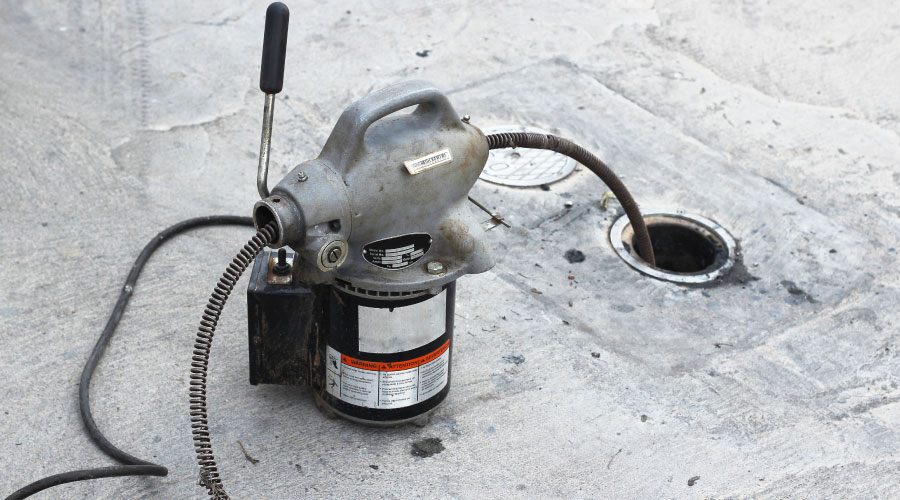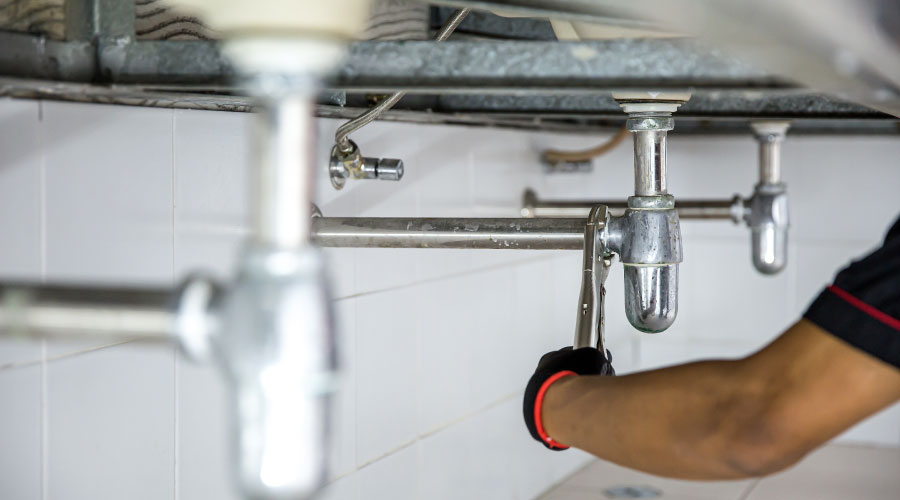Good Restroom Planning Makes the Most of a Branding Opportunity
Restrooms — whether in a Class A office building, a hospital, or a museum — represent a branding opportunity and good planning during design and an effective cleaning schedule will help ensure that the most is made of this opportunity. "One of the first interface locations with external customers or guests is the restroom," says Larry Morgan, senior facilities manager for SAP. "If it looks like a gas station restroom, it's not a good first impression."
That opportunity is both visual and functional, and it's essential for facility managers to ensure that both sides of the equation are addressed. "It's easy for people to design things," Morgan says, "but at some point, they have to give you the keys." Trying to fix things after the facility has opened is too late, he says.
Local building codes may dictate items such as the number of stalls in a facility, but during the planning process, it helps for the architect, interior designer, and electrician to work together. "The best-case scenario is to get everyone in the same room and talk about lessons learned," says Craig Pickerel, an architect with SSOE.
The facility manager should meet with the architect during the planning process to discuss level of finish, type of equipment, ease of use and maintenance, and access to storage. "An electrical closet is not considered a storage room," Morgan says.
Traffic patterns are another matter to discuss in advance. For instance, paper towel dispensers and wastebaskets should be placed right next to the sink, so users aren't walking across the restroom with wet, drippy hands.
A restroom "can't be one size fits all," Morgan says. "The performance has to be based on the function. The higher the use, the higher the frequency of cleaning." In a busy office building, he says, the most intense periods of use might be from 8 to 10 a.m., 11:30 a.m. to 1 p.m., and 4 to 5 p.m. Cleaning crews will need to work in the relatively quiet times in between.
During very busy times at the Smithsonian, whose museums draw 30 million visitors a year, a maintenance person will be stationed inside a restroom continuously to keep supplies stocked, says Nancy Bechtol, director of the Smithsonian's office of facilities engineering and operations Cleaning starts at 6 a.m., well before the facilities open to the public at 10 a.m., and then largely ceases, although staffers will check every few hours.
After a building has been in operation a while, facility managers can check complaints and work orders and "redesign maintenance based on those concerns," Morgan says. Maintenance contracts, or guidelines for staffers, should spell out expectations and have measurable ways to check. "If you go in at 2 p.m. and the dispenser's empty, that's a performance issue," Morgan says.
Related Topics:














